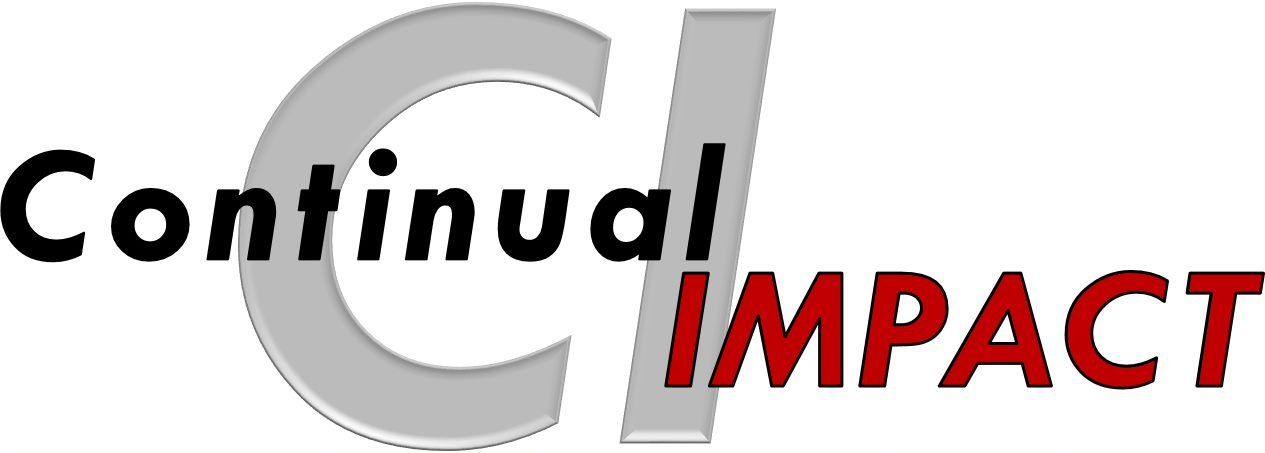CI Certification
The Value of Continuous Improvement Certification: Demonstrated knowledge, Use of knowledge, and Better Improvement Results.
- What is a certified CQI White, Yellow, Green, and Black Belt?
- What level is best for you?
- The value these certifications create.
CI Belts Overview
WHITE BELT: Introduction to Continual Improvement
Objectives: With an interactive classroom simulation everyone gains a consistent understanding of continuous improvement, including how to see waste and value in your work process, the methods that help you improve, and the degree to which positive change and benefits are possible. Typically, 10-30 improvement ideas are generated per participant. Certification received upon completion of training.
Benefits: Energy and excitement to create measurable improvements. ∆ A deeper understanding of CI. ∆ The ability to identify the concepts (Waste/Value), methods, and their use. ∆ Increased belief in the amount of change and benefits that are truly possible when CI. ∆ Prepared for additional improvement training and participation in activities such as improvement events.
Learning Modules:
- Goal of CI and its key elements
- Identifying opportunities: waste and value
- The what and how of the improvement cycle
- See how CI Methods help make improvements (applying methods in a simulation)
- Appreciate the degree of benefits possible
Time: 4-hour virtual or 8-hour with simulation.
YELLOW BELT: Individual Contributor
Objectives: Learn how to perform a CI project. Everyone brings a problem/project to training to begin and advance a project during training. Certification upon completion of small, individual project.
Benefits: Personal and immediate benefits achieved. ∆ Problems are eliminated rather than recurring. ∆ Effectiveness of solutions is increased with more ideas identified, evaluated, and implemented. ∆ More pride and ownership. ∆ Better prepared to participate in larger improvement projects.
Learning Modules:
- Working with Others active communication skills
- How to apply the improvement process to a problem step by step (and templates to help!)
- Creating a goal and measures of success
- Understanding the current state; evaluating value and waste and prioritizing opportunities
- Problem solving, using 5 Whys to get to the root of problems
- Prioritizing actions and solutions
- Testing, learning, and installing the solutions in the workplace
Time:
16-hours
GREEN BELT: Project Leader
Objectives: Develop the knowledge and skills to lead a team through all phases of an improvement project, utilize improvement techniques, and help create sustainable results. Everyone brings a team-based problem to begin and advance during training.
Benefits: Projects achieve measurable benefits. ∆ Stronger solutions in place. ∆ Increased team engaged. ∆ Knowledge and skills to lead more improvement projects.
Learning Modules:
- Project Leadership: 1. Roles and Skills, 2. Project skills, tips, & structure, 3. Effectively building a productive team
- Understanding the current state: 1. Value stream mapping, 2. Subprocess mapping, 3. Spaghetti diagrams, and information circles, 4. Project return on investment
- Problem Solving: 1. Use of data, measures, and basic statistical analysis, 2. Cause and effect analysis; determine root cause of problems, 3. Prioritization of wastes and solutions
- Managing the Change & Continual Improving: 1. Preparing others for change, 2. Dealing with problematic behaviors
- Effectively Implementing Improvements: 1. Standardized work and training, 2. Adult teaching, 3. Extracting learning, 4. Effective installation of changes and continually improving
Time: 32-hours
Improvement Champion
- Six Sigma Black Belt (includes QFD)
- Kaizen
- 5S + Visual Controls
- Mistake Proofing (includes FMEA)
- Quick Change, Single Minute Exchange of Die (SMED)
- One-piece Flow, takt time, Kanban
- Total Productive Maintenance (TPM)
- Value Engineering (VE) and Design for Excellence (Df(x))
- Innovation
- Product Development
- Annual Improvement Planning

